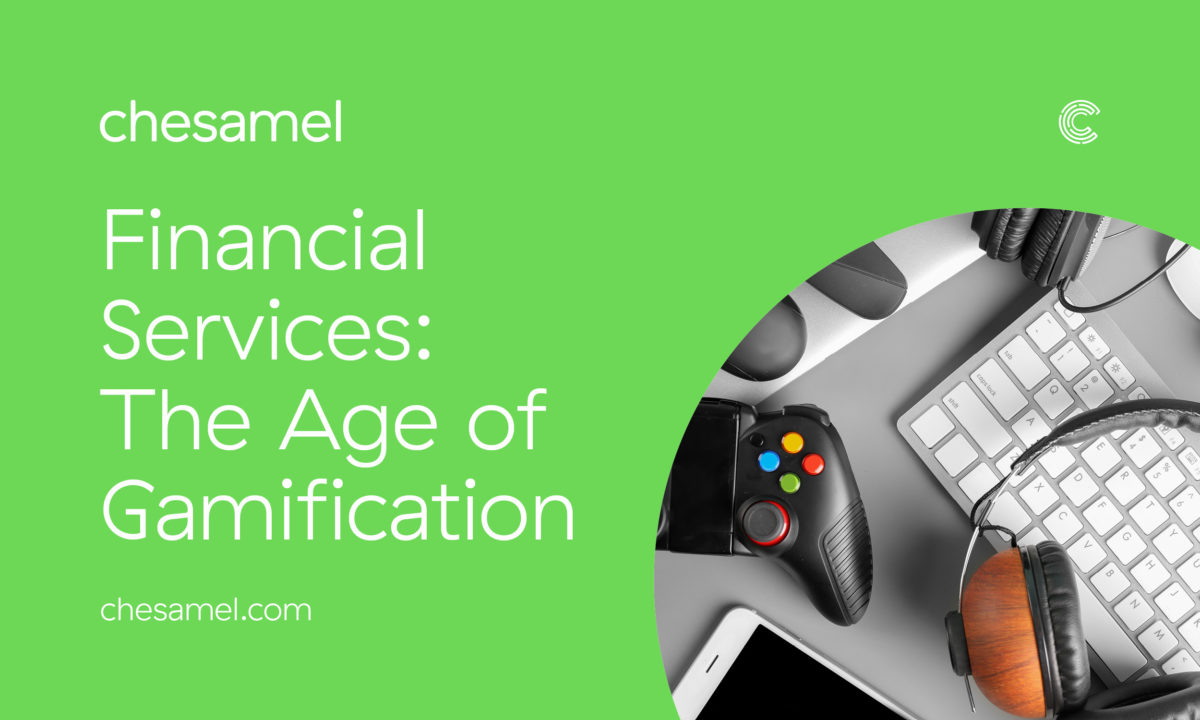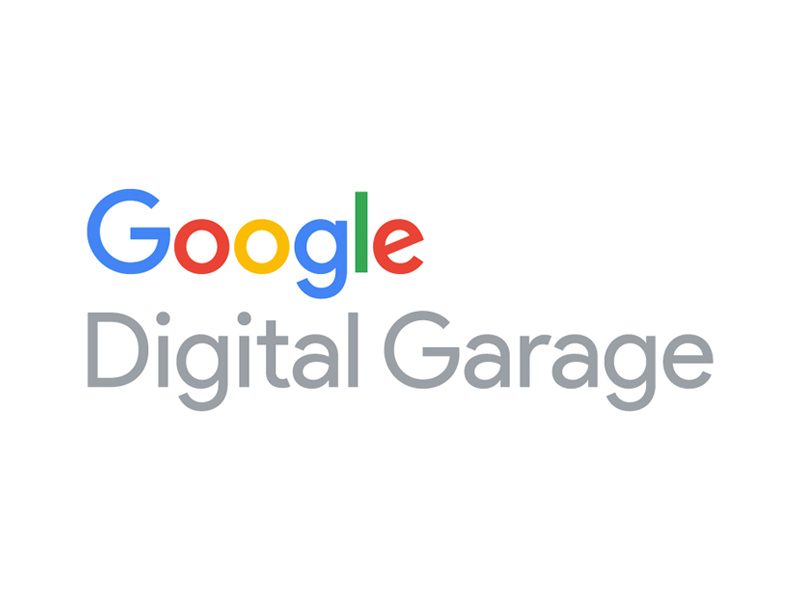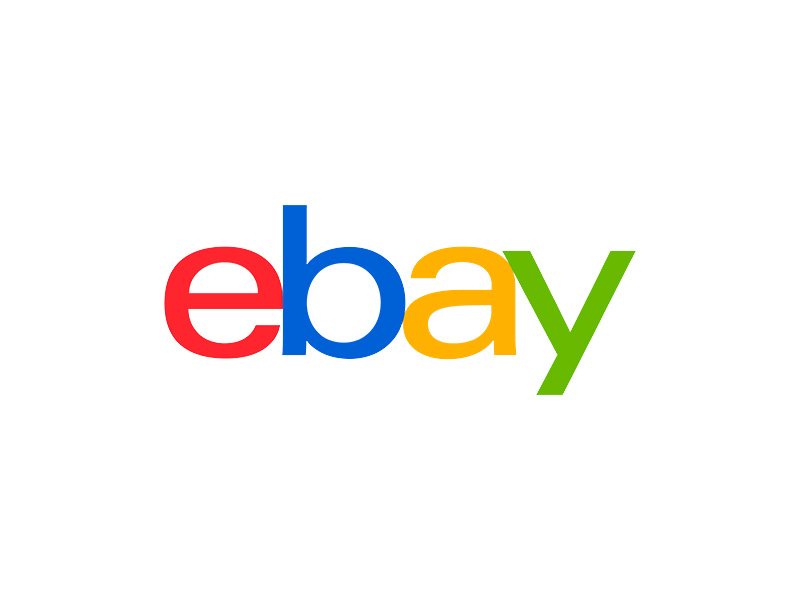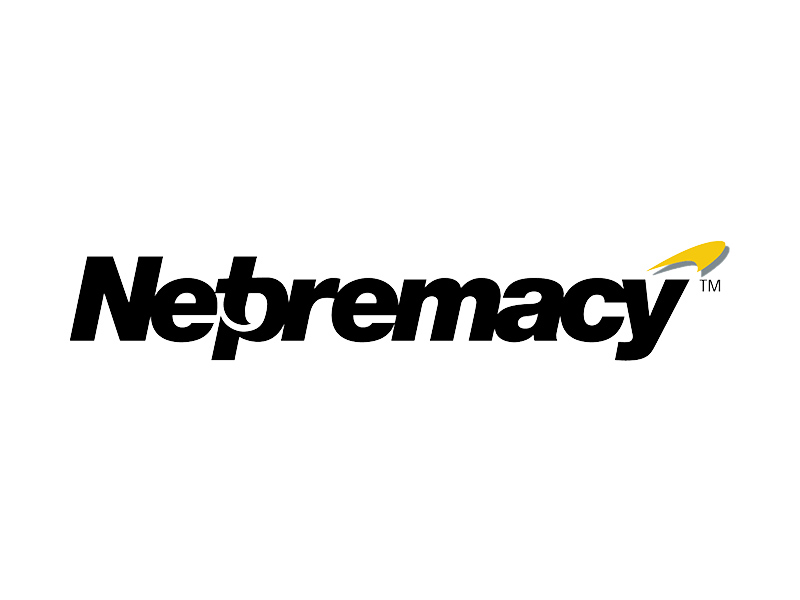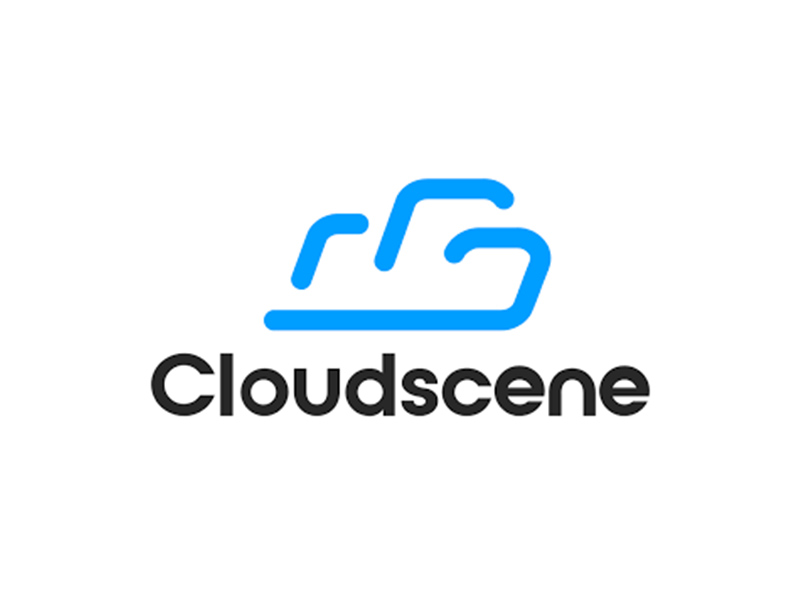Let’s talk about demand generation. What is it all about? Well, quite simply, as it says on the tin, this is generating demand for your business. In some cases this demand may be just under the surface, in other cases, it’s there ready for you to satisfy or you may have to create and craft this demand from nearly nothing; however it happens in the end, it starts with a comprehensive and integrated approach to sourcing customers. And let’s be clear, demand generation not just ‘marketing’, its a business and marketing strategy which the whole team needs to understand – both the purpose and the process.
Involving all departments, and headed up by sales and marketing, initiate a meeting of minds to lay out your plan of attack; all departments do need to at least know what the approach to demand generation and ultimately securing leads will be, if not be vocal in the planning stages. All departments have their own perspectives on the business’ successes and failings and insight into client satisfaction, therefore their ideas on how demand should and could be generated should be valued and heard.
Demand Generation – “the umbrella of marketing programs that get customers excited about your company’s product and services.” Hubspot
A demand generation strategy will cover all areas of your marketing strategy, email marketing, social media, content, PPC, traditional offline marketing such as magazines, trade shows and networking events. All of these will fulfil one significant stage in your demand generation, and should fundamentally gain sales, this strategy is linked intrinsically with sales and the acquisition of satisfied customers. Not all marketing tools can be directly linked to the acquisition of customers, much of today’s marketing, as we’re stimulated by such a vast array of content, is, in fact, forming awareness, interaction and building emotional relationships, which alone does not secure sales. However as demand generation stretches from your inbound marketing to sales, to customer satisfaction, the above-listed forms of customer interaction are your demand generation strategy, but in part.
By targeting, through your holistic marketing tools and approaches, you will attempt to generate demand for your business in an audience who are likely to be open to your offering or proposal. Of those you will generate a number of leads, of which not all will follow through or will be suitable clients for your business, of these remaining, you will find your customers and your sales. Does it sound like the lead funnel you’re used to seeing?

Beginning with inbound marketing, the useful, insightful quality content which is targeted at and consumed by your audience is what brings them to your brand. “Inbound leads are 5x more likely to become customers than outbound leads”, so using your inbound marketing tools to craft relationships, through things like social media conversations, regular podcasts and blogs is the strongest way to bring in the most invested leads. Although you may still wish to use some outbound marketing methods, focusing on inbound marketing is where you will create the most valuable leads. From lead generation, customers who aren’t even sure they want or need your business but have ended up on a very persuasive cold call with your sales team may end up purchasing – and you may think ‘great, it’s a sale’; however, these aren’t the sales you want – forced sales, these people are likely to either leave you, change their mind at the last minute, have a more negative opinion of your business and never repeat purchase. The whole life span of the customer relationship is developed with demand generation.
The need for all departments to be onboard and clued up on the demand generation strategy is that their customer handling and sales pitches will likely need to be altered, especially if you’re switching from a very outbound marketing mindset. The customers have come to you, thanks to your groundwork in inbound marketing, so they actively want your service and you want to continue the demand throughout their whole buying journey. Consider a softer sales approach and the consideration of the consumer from day one onwards.
To measure your ROI you’ll need to get analytics savvy. Your analytics can show you where your customers have come from – social media, paid ads, email clickthroughs etc, and can also show their online behaviours, so that you might course correct when you see customers falling off at a certain point of your website or contact form – which deterrent is beating the demand to reach out to you?
Demand generation does differ from lead generation as a holistic business and marketing strategy, approaching your potential customers to build a relationship that will prove more sustainable and satisfactory for both parties.



